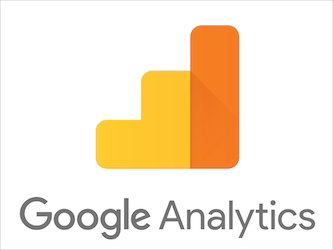As a Google Analytics 360 reseller, our job entails visiting a considerable number of companies that include e-commerce, media & lead generation websites. We also train Google Analytics users i.e. Marketing, Product & Analytics teams, and a majority of these mostly do not have formal technical qualifications. Drawing from our experiences, we thought it would be interesting and, hopefully, useful to a larger audience of users who do not have a technical background. Explained below, are a few Google Analytics concepts with real-life (offline) examples that everyone can easily relate to.
What you know about offline business, also applies to online business…
Analytics System

who will monitor, collect and analyze this information?

 User Identification
User Identification
Offline: Monitoring a customer in an offline store is a tedious job. Some retail stores use loyalty cards to keep track of their user’s activities. These cards generate a unique ID for each customer and store the data in CRM systems like HubSpot.
Online: Google Analytics generates a unique cookie named _ga, which stores each user’s unique ID and subsequently, all the activities of the user are attached to this unique ID.
Returning Users
Offline: Once a customer is given a separate identifiable number by way of a loyalty card, the moment he/she returns to the store the next time, the system identifies him/her as a returning customer through the unique ID number in CRM.
Online: Identifying returning users online is very easy. If the cookie is already present in the browser, the user is NOT a new user but a returning user.
 Sessions
Sessions
Offline: The period during which your customer remains in the store is a visit or a session. Sounds simple! But now, consider a scenario where he/she gets a call from a friend and stops the shopping activity and resumes after 5 minutes. Would you consider that as two different visits? Of course, no.
Online: Similarly, the time in which a user remains in the system is a session. The session ends when the user leaves the website. However, an interesting factor here is that, by default, Google Analytics sessions continue for 30 minutes on inactivity. So, in case, while shopping online you close the browser and open it again within 30 minutes, Google Analytics is smart enough to record only one visit instead of two. But watch out! Google Analytics ends the session at midnight i.e. at 12 AM.
 Hit Type
Hit Type
Offline: Each time a user visits the store, he/she performs activities like viewing the products, comparing them, using signboards, inquiring with a customer care executive, using gift cards, and finally, purchasing the product. He may not necessarily buy though, and may simply leave the store without any transaction.
Online: Similarly, here, the user does a lot of interactions and activities like PageViews, using the search option, using the filter option, using the navigation menu, clicks, mouse hover, and many types of E-Commerce activities like Product Impressions, Product Clicks, Add-to-cart and Purchase. All these individual interactions are ‘Hit’ in Google Analytics. Each of these hit types carries different data to Google Analytics. A user might have one or many sessions during a period and one or many hits in each session, however vice versa is not possible.
Closing Thoughts
Often, using real-life examples makes it easy to communicate ideas. This was a small attempt to start the thought process to understand the technical concepts through real-life examples we generally face. Feel free to add to the list by commenting below & we’ll include your examples in our next series on the same topic (with all the attribution to you, of course!)


 User Identification
User Identification Sessions
Sessions Hit Type
Hit Type